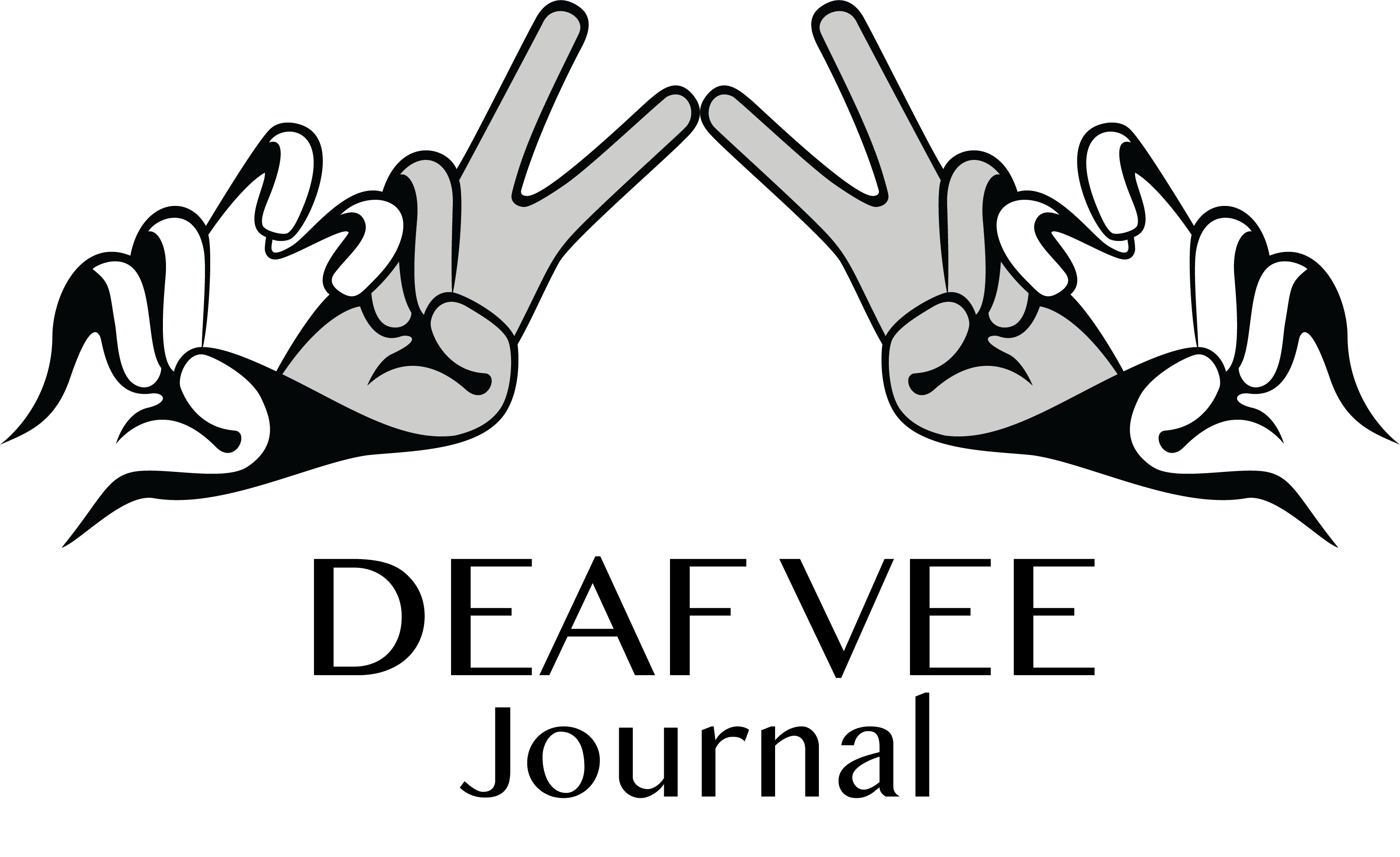 While Americans have come to forget all the rewards of using a video relay service to make their phone calls, Canadians are just now sharing the excitement behind what video relay service will do for their community. After watching Americans have VRS for over ten years, they feel like their current technology is obsolete and needs to be upgraded. Thanks to BCVRS, this dream is becoming a reality.
While Americans have come to forget all the rewards of using a video relay service to make their phone calls, Canadians are just now sharing the excitement behind what video relay service will do for their community. After watching Americans have VRS for over ten years, they feel like their current technology is obsolete and needs to be upgraded. Thanks to BCVRS, this dream is becoming a reality.
Some issues that are shared in this video include lack of ability to express oneself in a text-based conversation. When a person’s native language is American Sign Language (Or Quebec Sign Language), it is difficult to express themselves in written English. While many individuals don’t realize that ASL is a language, they often look at people that write in “broken” English as uneducated. The truth is, it is their second language so why should they have to make phone calls to their doctors or dentists via English when they can call and use ASL or LSQ. It is already clear that individuals in Canada want to be able to make phone calls in their native language rather than accommodating others and struggling with communication barriers.
Lisa Anderson-Kellett said, “TTY is limiting because it’s in text and you are missing things such as emotions. What is the other person feeling? What might their face look like in terms of facial expression? Are they being loud, angry, or even sad? That isn’t being conveyed in text-based English. It’s just a string of words.” In the video, her mother, Diane Anderson speaks from a hearing perspective about the text relay service experience and how horrible it is. Taking long periods of time for short conversations. A lot of silence in between each speaker merely because of the time it takes to type things down and relay back to the hearing person.
BCVRS was the drive behind getting the VRS Industry started and going in Canada but they couldn’t have done it without Sorenson Relay (the largest VRS provider in America) and their help. The video was actually made during an 18 month trial that ended January 15, 2012. (Sorenson Canada) Partnered and provided the VRS trial in Alberta where 311 people from BC & Alberta participated. Names were drawn from lottery and we (the people within the trial) created stats for the study which was reported by Telus. (Telus is a giant telecommunications company. In Canada it’s one of ‘the big 3’ )




